While you’re here, you may wish to attend one of our upcoming workshops:
Assessing Credibility
Who should you believe? This course is for anyone who has investigated allegations but struggled to make a finding. Learn about the science of lie detection, which approaches work and which don’t, and valuable tools to assist you in making decisions. Investigators will leave confident in making difficult credibility decisions. Participants will be provided with comprehensive materials explaining these concepts and tools to better support them in their investigative practice.
In the last month, two personal injury cases have crossed my desk that have left me wondering how aggressively employers and their lawyers will or should incorporate social media searches to examine a terminated employee’s mitigation efforts.Perhaps this is already happening.
In both cases, the social media profiles of plaintiffs who claimed they were injured were ordered produced as part of the discovery process. Information including pictures of the plaintiffs’ activities, such as participation in sports and taking vacations, was considered relevant to their claims of incapacitation.It is easy to see the analogy to a wrongful dismissal case.If the terminated employee argues that he or she was unable to find work for an extended period of time, counsel might want to examine what the employee was doing during their period of unemployment, and how vigorous the employee’s job search was.This might even include inquiries into the employee use of social media to find another job. Disclosure of an employee’s pictures on a Facebook or updates on LinkedIn might reveal that he or she had accepted consulting work, had taken a self- imposed “sabbatical” from searching for a job or had accepted a new position very quickly after the termination.This information, much like that in the context of a personal injury case, would be relevant, and I could see a master ordering its production in the right case.
This is yet another example of an unintended consequence of engaging with social media, and where the lines between one’s personal life, and work life, have become very blurry.
Janice Rubin




